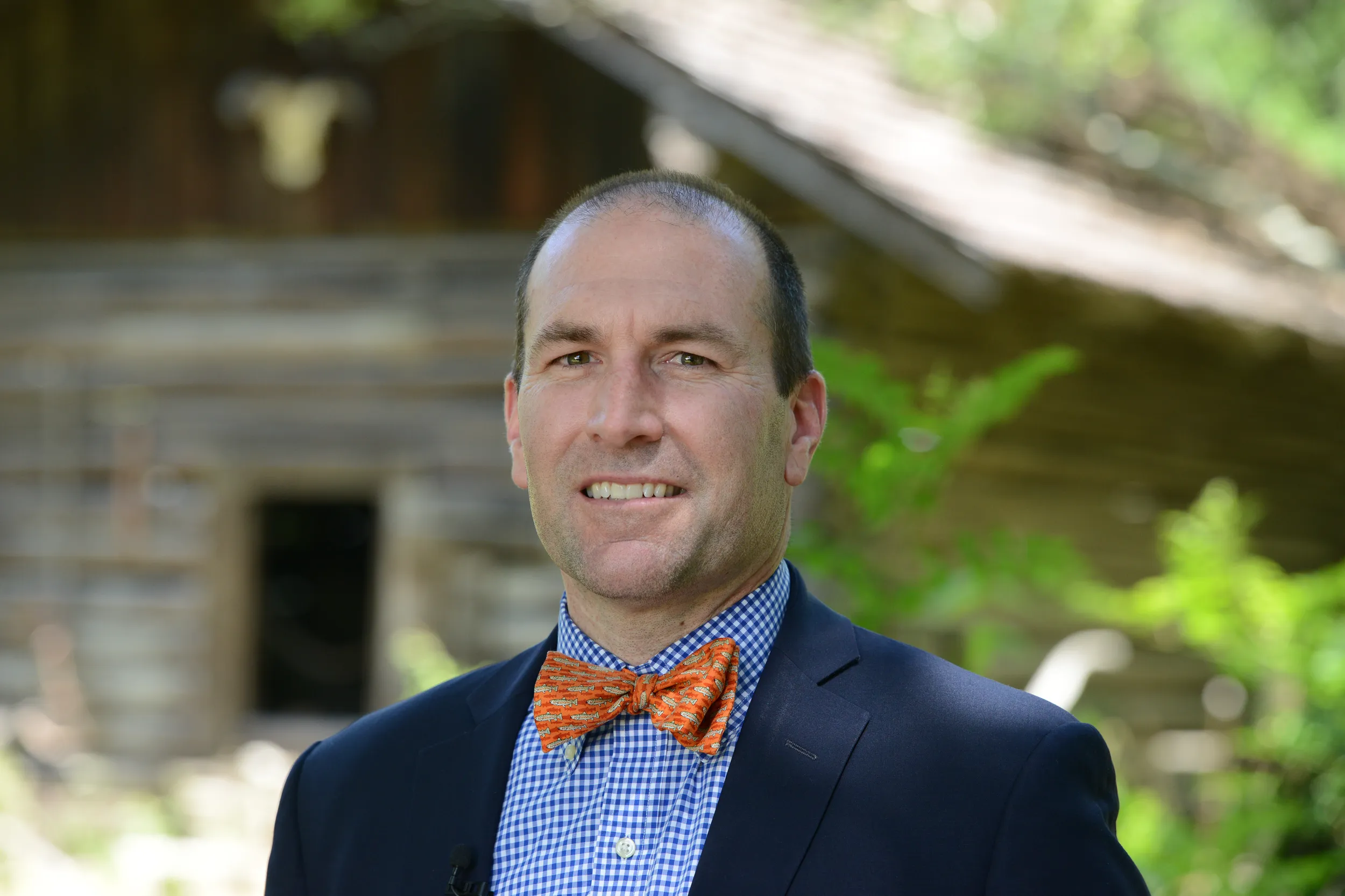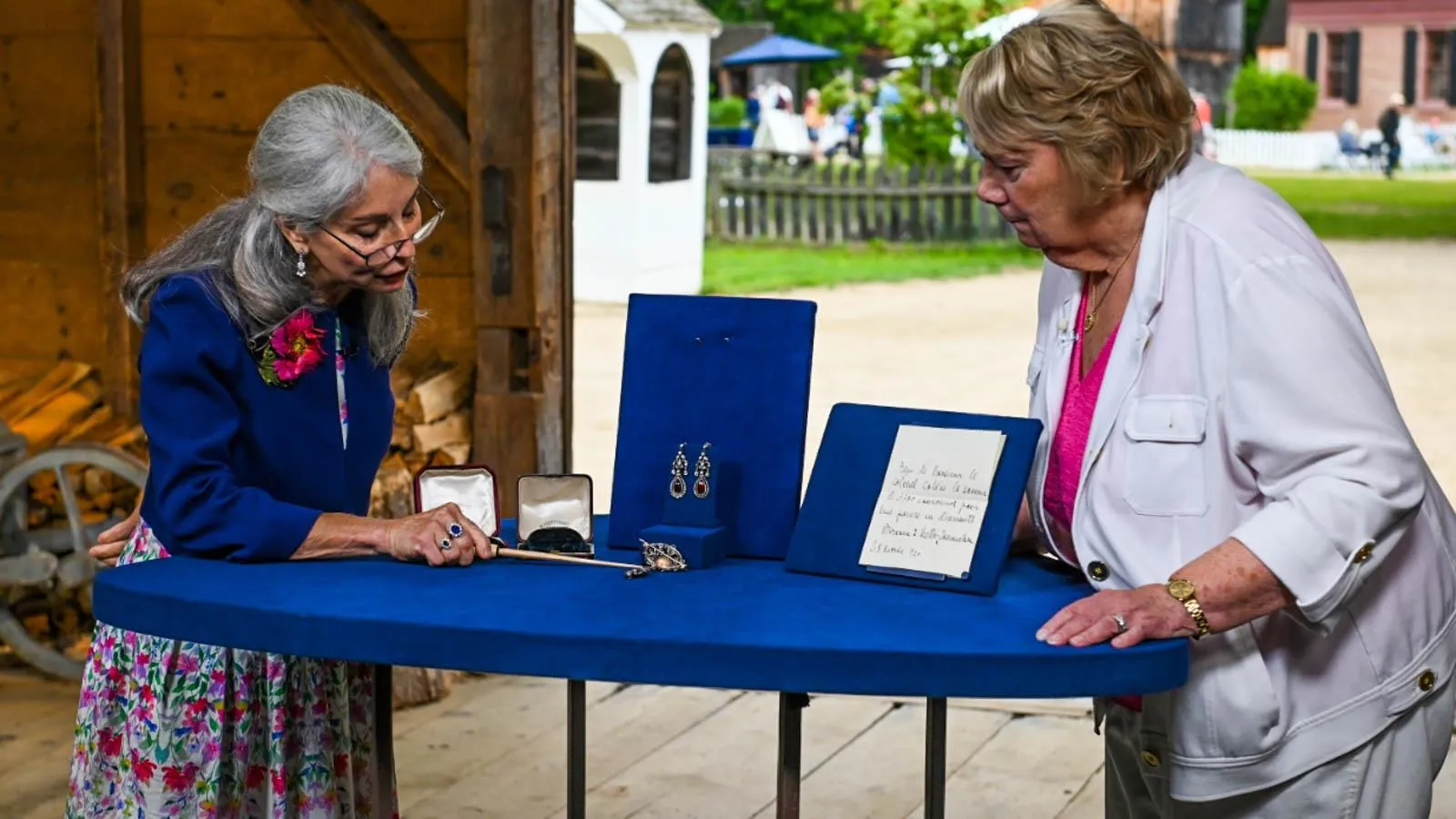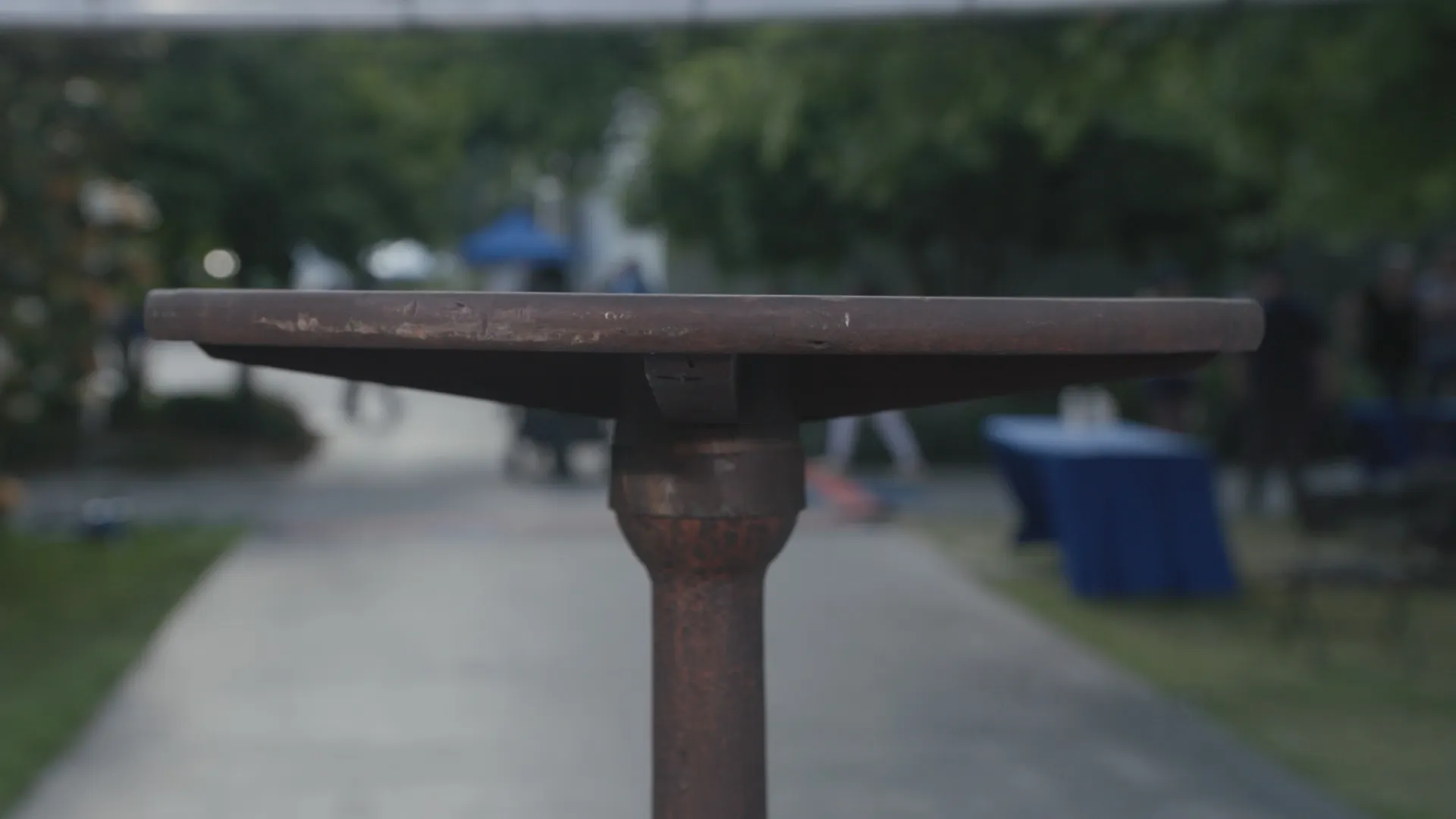GUEST: This, I believe, is called a candle table. It, uh, came from a farm that my grandfather purchased from the Watervliet Shakers. And this is a deed following through, showing to my grandfather and then to my father.
APPRAISER: So what we have here is a wonderful Shaker candlestand made about the m, mid part of the 19th century. So sort of circa 1850. The Watervliet community of Shakers, which was a, you know, a, a religiously founded community, was one of the first communities of Shakers to start and come to the United States. And that's basically outside of Albany, New York.
GUEST: Right.
APPRAISER: And they came as early as about 1775, 1776. What's really special about this is that you've got this line of descent from the, the farm
property through the Shakers to your family.
GUEST: Mm-hmm.
APPRAISER: There are certain Shaker communities that are known for producing Shaker furniture for commerce. The Watervliet Shakers w, were not known for producing furniture. And Watervliet-- any idea what their commerce was?
GUEST: Basically, seed production. Maybe the first ones to sell packaged seed.
APPRAISER: Absolutely. The first sort of mass-produced seed producers...
GUEST: Okay.
APPRAISER: ...that sold it in the little packet envelopes. It's a wonderful, as you say, cherry wood candlestand. When I look at this wonderfully turned standard, I mean, l, look at the crazing of the surface. It's just sort of like an archaeological site that hasn't been touched.
GUEST (chuckles): Right.
APPRAISER: I mean, it, it's, it's awesome. Before they put the top on, they put this iron band on, which was a way to hold this together and prevent
it from, from breaking apart.
GUEST: Okay.
APPRAISER: Functional, beautiful craftsmanship. It's just a terrific piece. If this were to come to auction, I would probably put an estimate of $2,000 to $4,000 on it.
GUEST: Very good-- sounds great.













